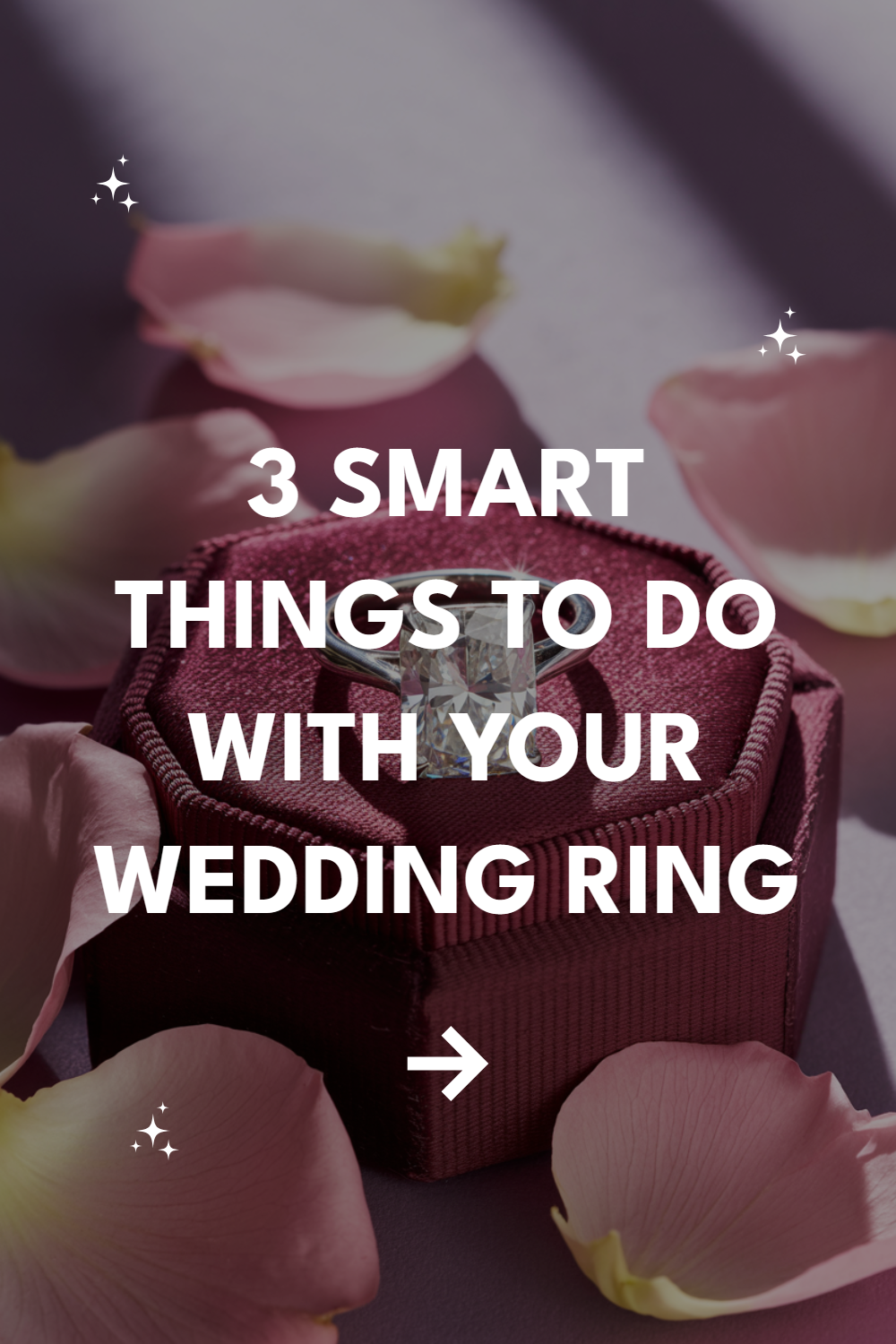Your wedding ring isn’t just sitting there looking pretty on your finger.
After years of watching couples navigate marriage, I’ve noticed some patterns about what separates the thriving relationships from the struggling ones—and surprisingly, how they treat their wedding rings tells part of the story.
1. Treating It Like the Daily Reminder It’s Meant to Be
Most people slip on their wedding ring each morning without a second thought, like brushing their teeth or grabbing their keys.
But here’s what I’ve learned from countless conversations with long-married couples: the ones who last make their ring a conscious daily ritual.
Sarah, married fifteen years, told me she touches her ring every morning while making coffee and thinks of one thing she appreciates about her husband.
It sounds cheesy until you realize she’s programming her brain to start each day focused on gratitude rather than his annoying habit of leaving dishes in the sink.
Making Morning Moments Count
The simple act of putting on your ring can become a micro-meditation on your commitment. Instead of mindlessly sliding it on, take three seconds to remember why you chose this person.
Not the fantasy version of them, but the real human who snores and forgets to take out the trash.
This isn’t about toxic positivity or pretending everything’s perfect. It’s about intentionally connecting with your choice to be married, especially on days when that choice feels harder to remember.
Using Touch as Connection
Throughout the day, your ring can serve as an anchor back to your relationship. Spinning it during stressful meetings, touching it when you’re frustrated with your spouse, or simply feeling its weight can remind you that you’re part of something bigger than just yourself.
The physical presence of the ring becomes a bridge between your individual daily experiences and your shared life. It’s like having a tiny piece of your marriage with you everywhere you go.
2. Protecting It From the Things That Actually Matter
Here’s where most ring advice gets it wrong. Everyone obsesses over cleaning solutions and proper storage, but the real threats to your wedding ring aren’t soap scum or jewelry boxes—they’re the daily activities that can damage both the ring and what it represents.
I’ve seen more wedding rings lost to gym equipment, gardening mishaps, and kitchen disasters than I can count. But more importantly, I’ve watched couples learn hard lessons about when protection matters and when it doesn’t.
Know Your Ring’s Actual Vulnerabilities
Your ring’s biggest enemies aren’t mysterious forces—they’re predictable situations you can plan for. Heavy lifting, contact sports, working with chemicals, and activities involving tools or machinery top the list.
But here’s the thing: taking off your ring for these activities only works if you have a consistent system.
Mark learned this the expensive way when his tungsten ring shattered during a weekend home renovation project. The replacement cost was nothing compared to the guilt he felt about losing the original ring his wife had carefully chosen.
Create Removal Rituals That Work
The couples who successfully protect their rings have developed specific routines around when and how they remove them. Some use a designated ring dish in the kitchen for cooking. Others have a small box in their gym bag or car.
The key isn’t just having a safe place—it’s making the removal and replacement process automatic. Your ring should come off and go back on without you having to think about where it is or whether it’s safe.
3. Talking About What It Means to Both of You
This is the one nobody wants to discuss, but it’s crucial: you and your spouse might have completely different relationships with your wedding rings.
Some people feel naked without theirs; others barely notice when it’s off. Neither is wrong, but not talking about these differences can create unnecessary tension.
I’ve mediated more arguments about wedding rings than I care to admit. Usually, it’s not really about the ring itself—it’s about what each person thinks the ring represents and how that should be honored.
Navigating Different Ring Personalities
If you’re someone who never takes your ring off and your spouse removes theirs for every activity, that difference can feel loaded with meaning.
The ring-keeper might interpret removal as carelessness about the marriage. The ring-remover might see constant wearing as impractical or even performative.
Having an honest conversation about your individual relationships with your rings can prevent these misunderstandings.
Maybe your spouse takes theirs off because they’re genuinely worried about damaging it—which is actually a sign of how much it means to them.
Addressing the Practical Stuff Together
Decisions about ring maintenance, insurance, resizing, and replacement should be joint decisions, even if one person handles the logistics.
Your ring might need professional cleaning, prong tightening, or sizing adjustments over the years, and these aren’t just individual choices.
Some couples create a shared system for ring care—annual professional cleanings, regular at-home maintenance, or even upgrading their rings for significant anniversaries. The specifics matter less than making these decisions together.
When Life Changes Your Ring Game
Pregnancy, weight changes, new jobs, health issues, or lifestyle shifts can all affect how you wear your wedding ring. These transitions are opportunities to reassess what works for both of you rather than sources of stress or conflict.
Temporary changes don’t have to become permanent problems. Some couples invest in ring alternatives like silicone bands for specific activities or life phases. Others adjust their ring-wearing habits to accommodate new circumstances.
Making It Work for Your Real Life
Wedding rings aren’t museum pieces—they’re meant to be part of your actual daily existence. The goal isn’t to create elaborate systems or turn your ring into a source of anxiety.
It’s about integrating this symbol of your commitment into your life in ways that enhance rather than complicate your relationship.
Your ring should feel like a natural extension of your marriage, not a burden or afterthought.
Whether that means developing new habits, having difficult conversations, or simply paying more attention to something you’ve been taking for granted, the effort is worth it when it strengthens your connection to each other.


